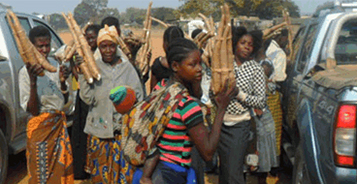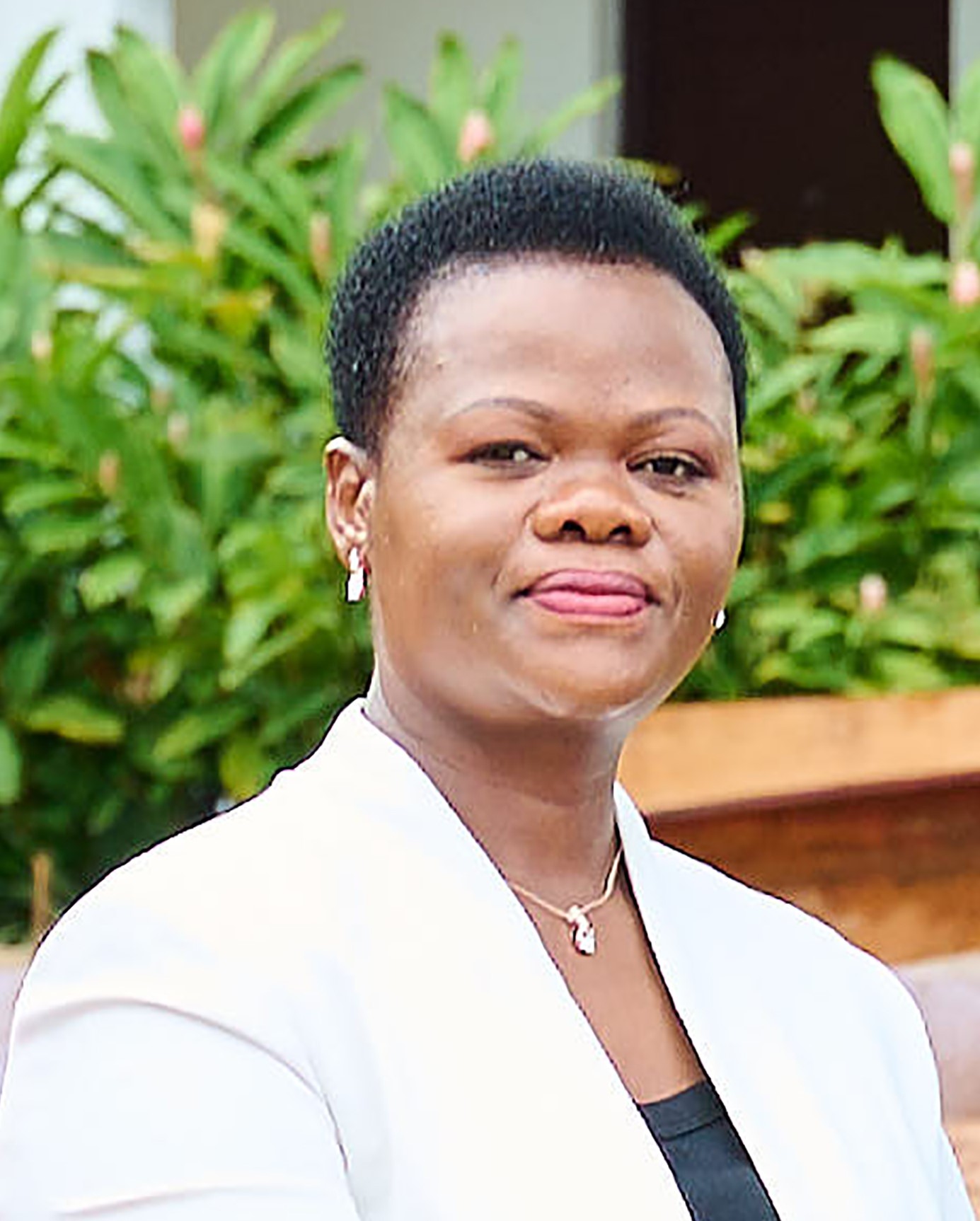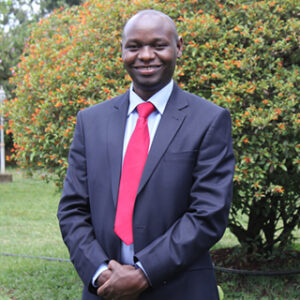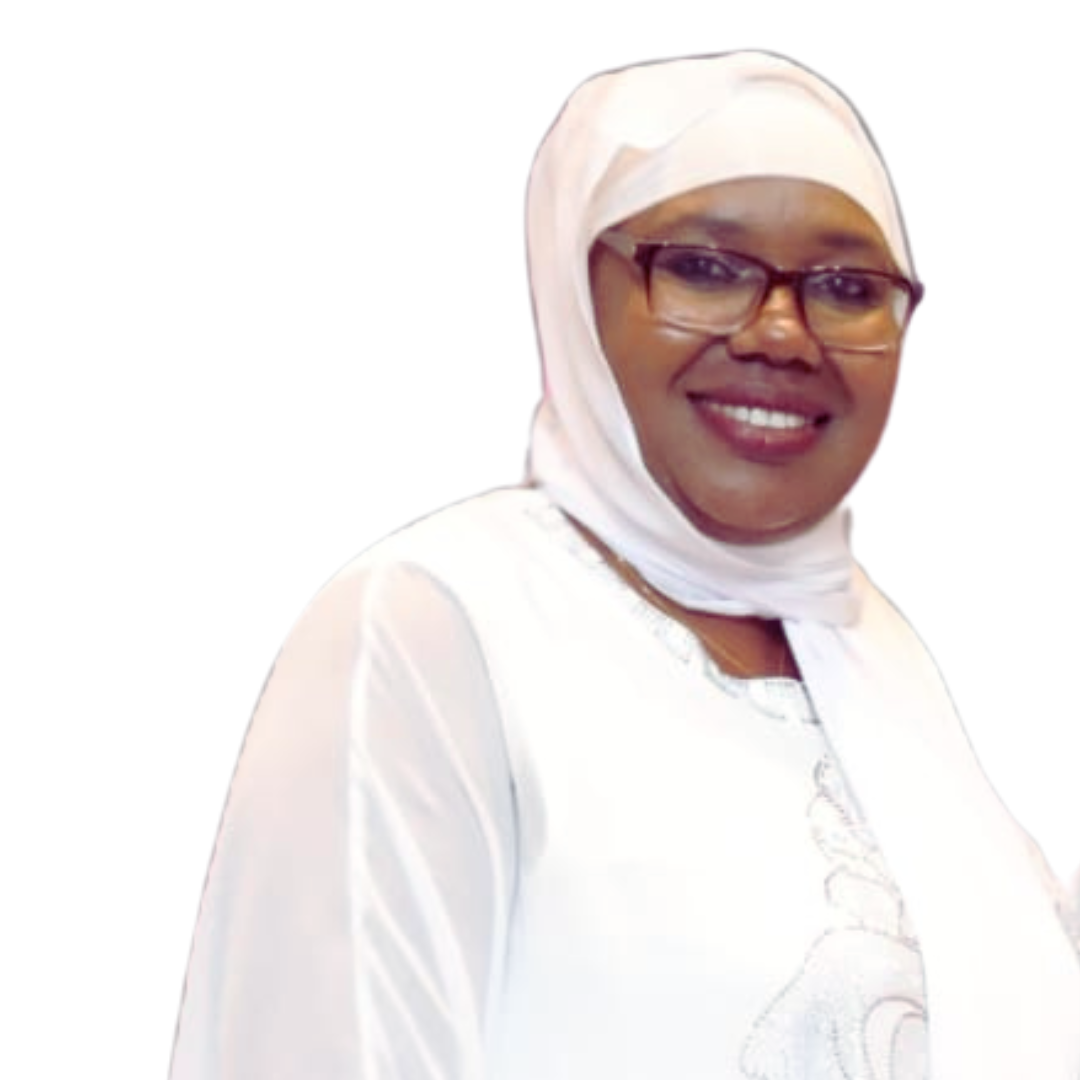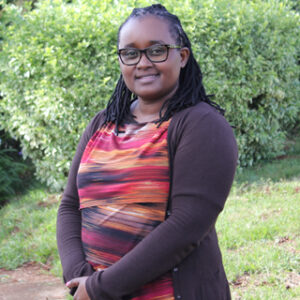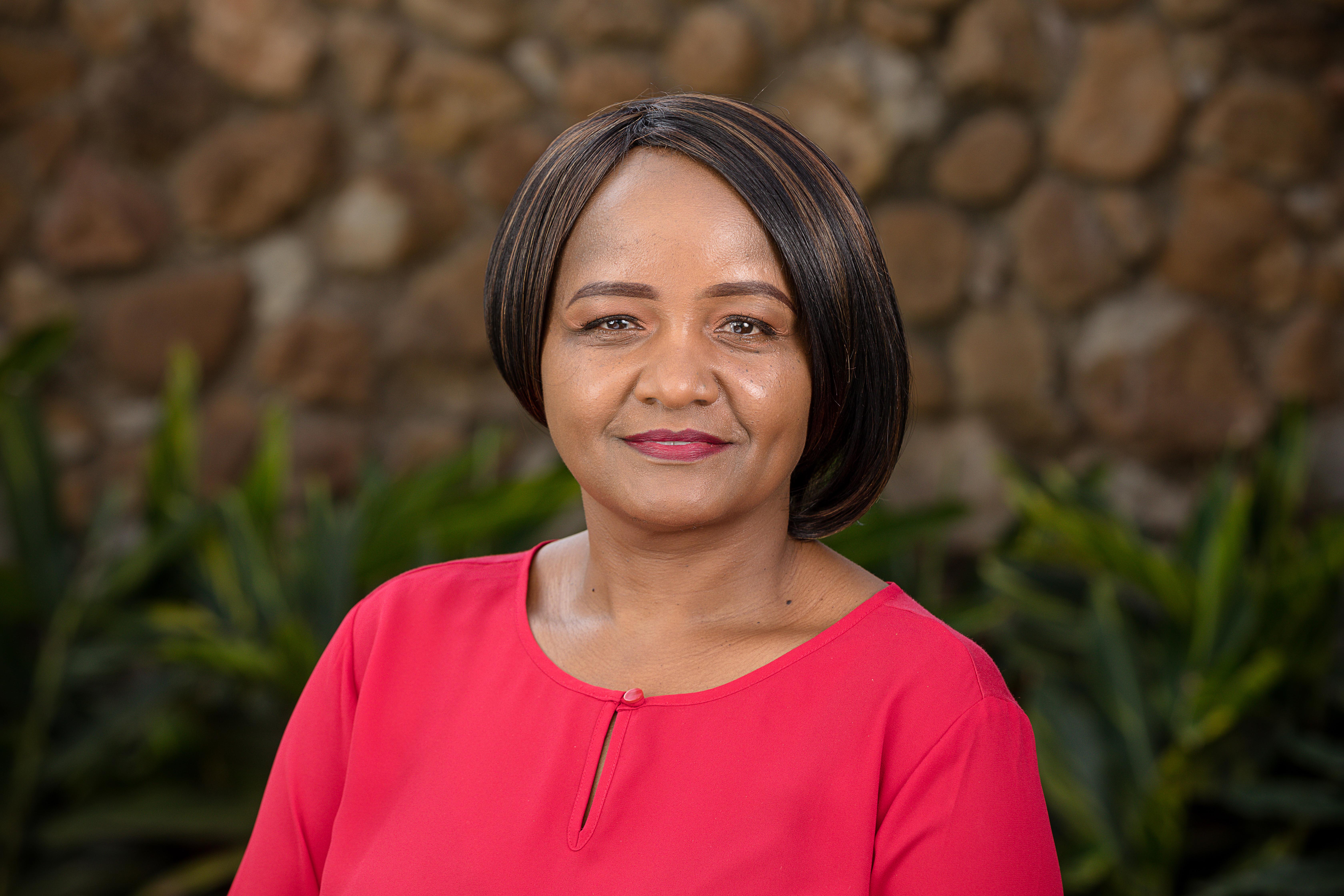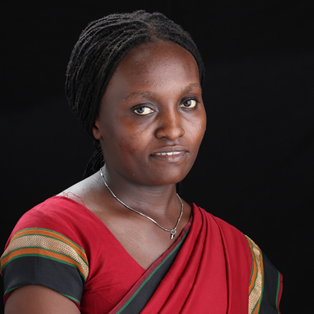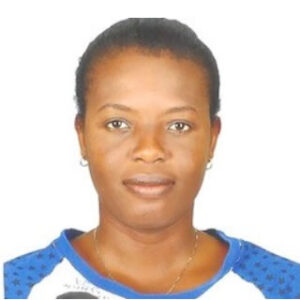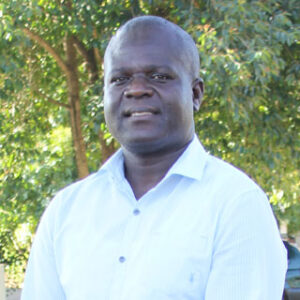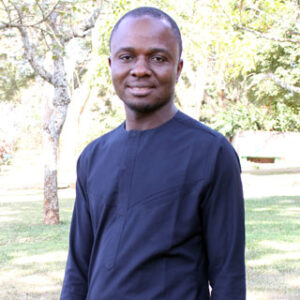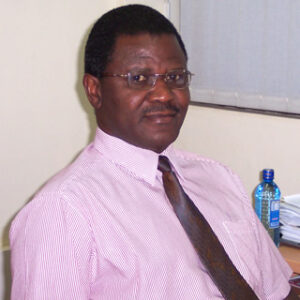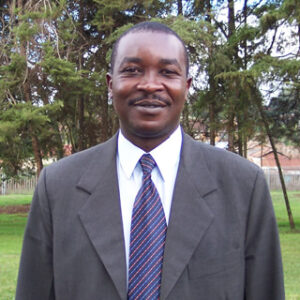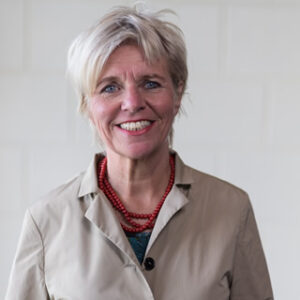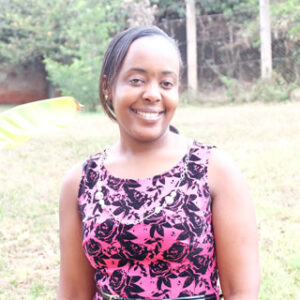by AATF Africa
Majority of farmers in Zambia own land in excess of ten hectares. However, until recently very few farmers had ever imagined cultivating a full hectare of cassava. Most of the land in the cassava growing areas in the country, like in Mansa and Samfya districts of Luapula province and Kaoma district of the Western province is occupied by bushes and thickets that could pass for forests in some countries. Farmers mostly practice shifting cultivation with most of the cultivated land falling under maize thanks to the government’s subsidised inputs for growing the crop.
Opening of new land is often through use of crude tools such as machetes to slash the shrubs most of which are big enough to qualify for trees. This leaves the land very stumpy but since farming is manually done in most parts of the country, the farmers are still able to work on the farms.
In Zambia cassava growing is usually a side activity despite its great potential both as a food and industrial crop. In addition, farmers who farm the crop don’t employ any best management practices. The cassava stems are planted by partly burying them in the ground at an angle of 900 or 450. This practice leaves the stem cutting with only about one to three nodes that can sprout. To aggravate the matter, farmers don’t use any form of farm input such as fertiliser. They also don’t usually weed cassava fields rendering the crop vulnerable to competing weeds. Production of the crop is also compounded by the fact that cassava is usually planted on land which has previously been used to grow maize for several seasons leaving it exhausted of nutrients.
Cassava production challenges in Zambia are also intensified during harvest as it is a cumbersome affair given the amount of effort required to dig around the stems before pulling out the tubers. After the gruesome task of harvesting, farmers have to sun-dry the cassava for many days followed by pounding using pestle and mortar before they can either sell it or take it for milling for home consumption. All these challenges have rendered intensive cassava production unattractive and uneconomical. Production levels are as low as 8 metric tonnes of fresh tubers compared to a yield potential of over30 tonnes for some varieties.
The above cassava production scenario is now set to change with the implementation of activities under the Cassava Mechanisation and Agro-processing Project (CAMAP) in Zambia which began in December 2012. The project, led by the African Agricultural Technology Foundation (AATF), is facilitating farmers to access modern technologies to mechanise cassava production and processing. These includes tractors for land preparation; cassava planters with a capacity of planting up to 10 hectares per day; cassava uprooters able to harvest up to 10 hectares per day as well as assorted small and medium scale processing equipment. In addition, the project is also promoting the use of appropriate agronomic practices in cassava production as well as building the capacity of farmers to do farming as a business. The AATF pr
oject will go further to facilitate farmer linkages with cassava processors and other market outlets for their produce. The AATF CAMAP held its first field days in Mansa and Samfya districts in June 2013 where farmers were able to visit cassava farms that had been planted following best practices. The initial beneficiaries of the project were all smiles as they compared their current crop with what they have previously grown under traditional methods. They can only look forward to a bumper harvest come August 2014. This achievement is the result of farmers concerted efforts where they cleared their land of stumps to allow for the use of machinery, adopted the new planting specifications and planted the cuttings horizontally with fertiliser and keept the fields clean of weeds throughout the season.
During the field days farmers were challenged by the outstanding performance of the crop which has raised the demand for project services to overwhelming proportions. During one of the field days hosted by Samwel Chilinda, one of the participating farmers, participants were urged to buy-in into the project given the now many opportunities available in making cassava production a source of livelihood. Plans are at an advanced stage to enroll more farmers in the project during the 2013/2014 season that will see the number of beneficiaries triple from the current 50 to 150 in the two districts.

